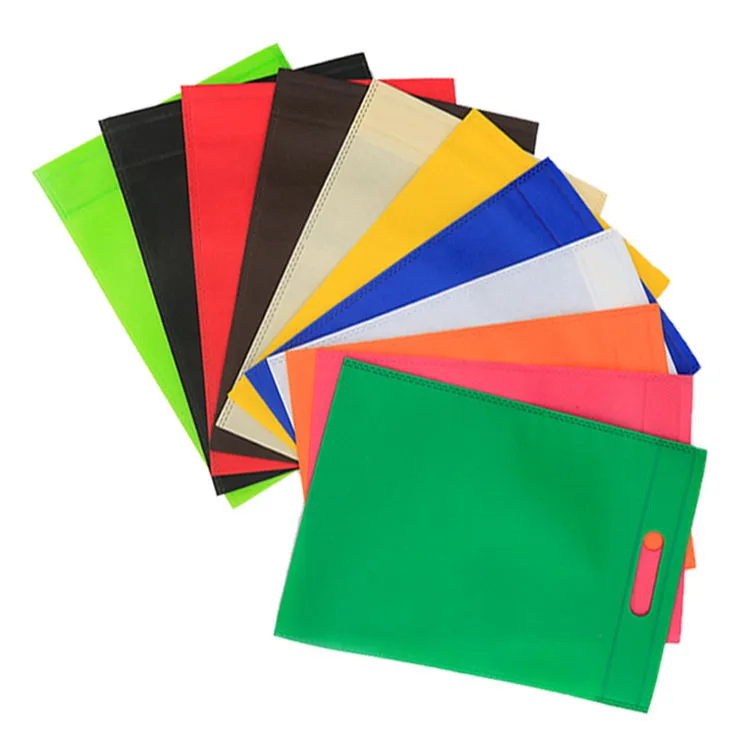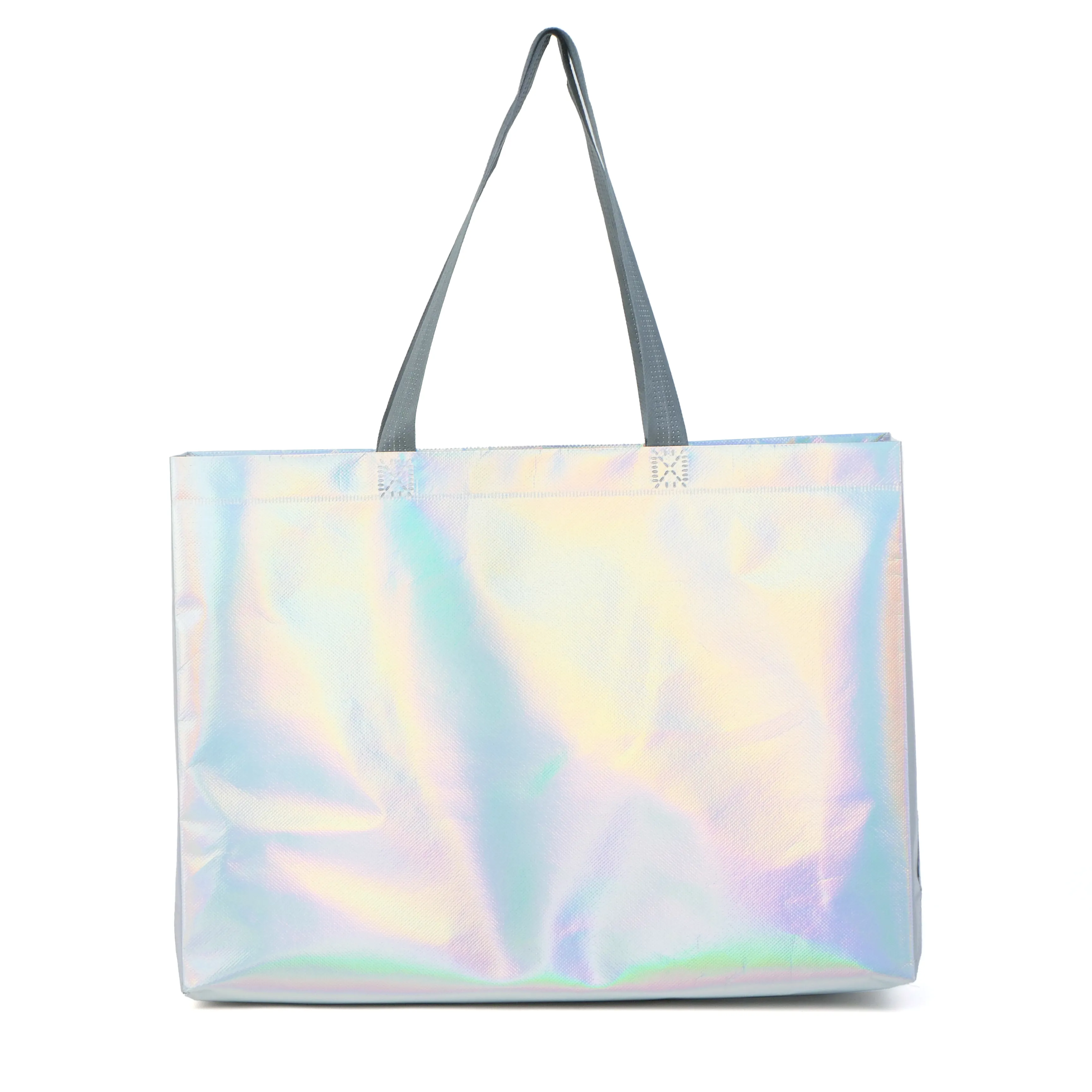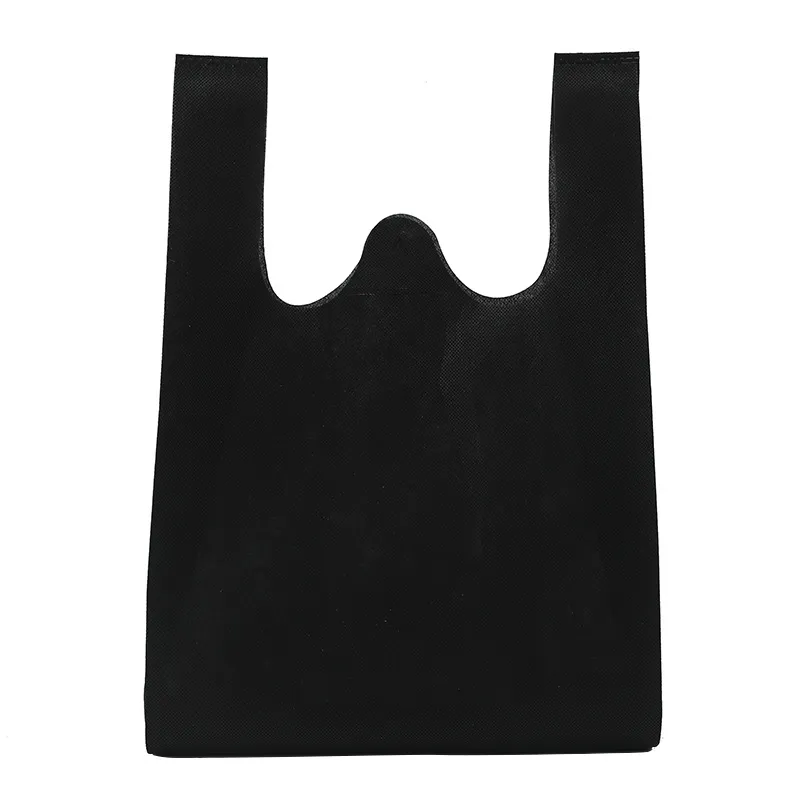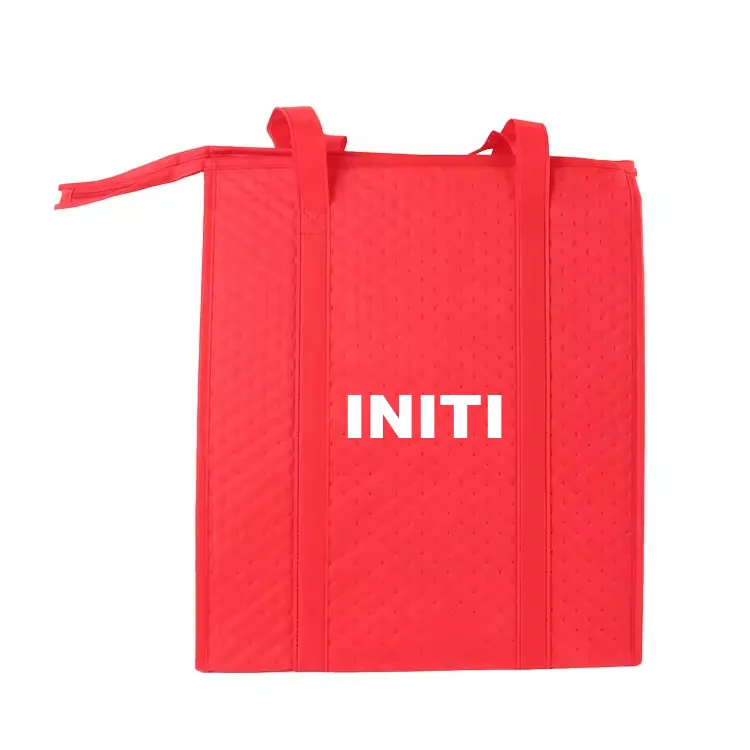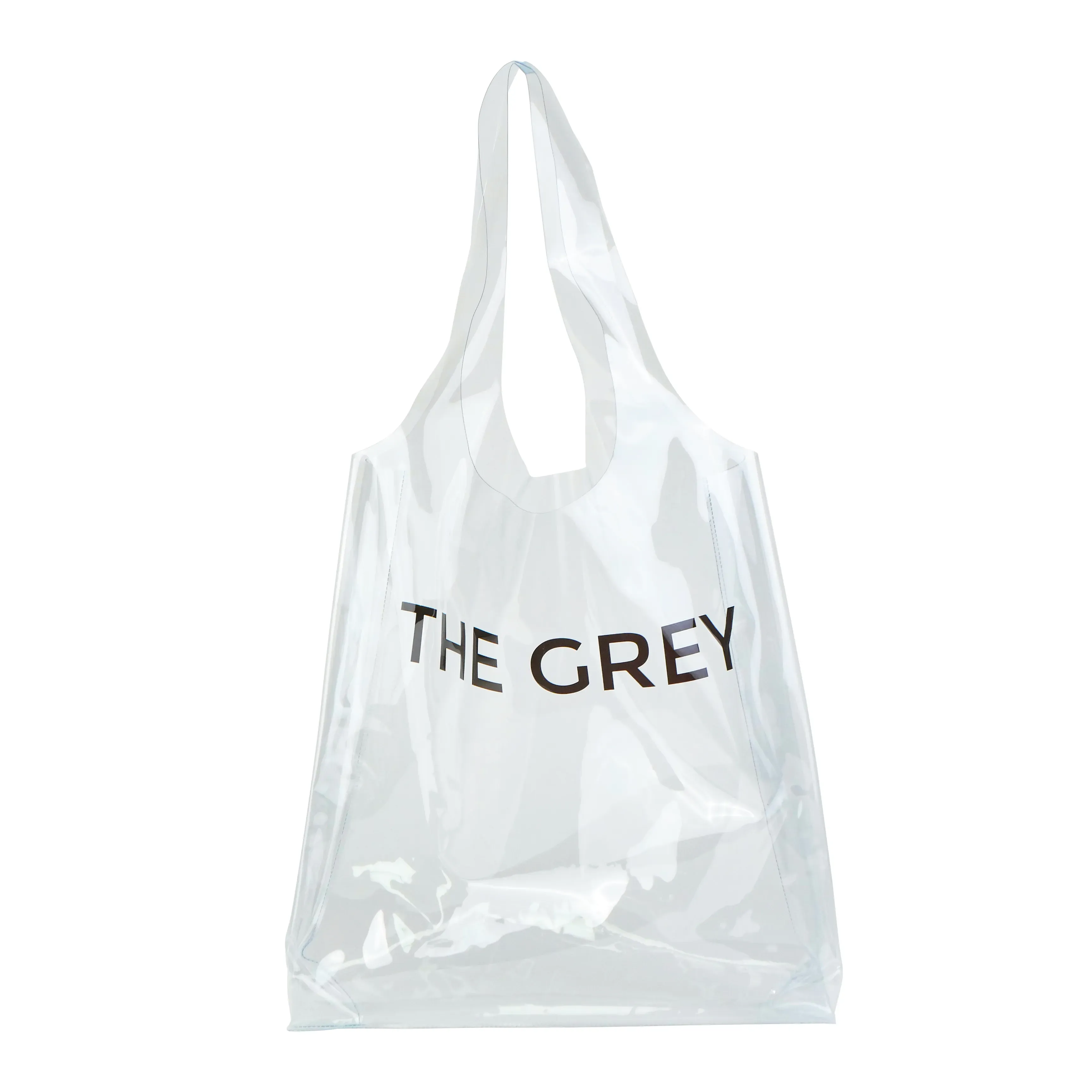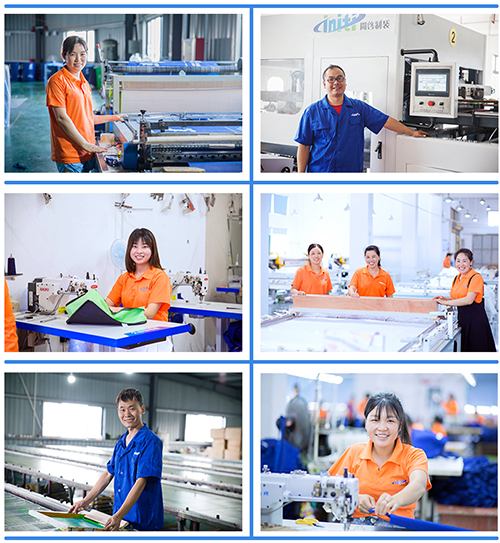What Is Sonic Seal?
What Is Sonic Seal?
In the rapidly evolving world of manufacturing, achieving strong, clean, and sustainable bonds between materials without relying on traditional methods like stitching or chemical adhesives has become paramount. This is where sonic seal technology, also known as ultrasonic sealing, takes center stage. At its core, sonic sealing utilizes high-frequency acoustic vibrations to generate localized heat at the molecular level, effectively fusing thermoplastic materials together. It's a precise, efficient, and environmentally friendly method that has revolutionized how many products, particularly bags, are manufactured.
You might encounter this innovative process under several names: ultrasonic welding bags, ultrasonic bonding, or simply sonic sealing. Regardless of the term, the underlying principle remains the same: a powerful acoustic energy transforms into thermal energy, creating an instantaneous and robust molecular bond. This eliminates the need for threads that can unravel or glues that can degrade, offering a superior alternative in many applications, especially for non woven bag factory outputs.
How Does Sonic Sealing Work in Bag Manufacturing? A Step-by-Step Overview
The magic of ultrasonic bag manufacturing lies in its sophisticated yet streamlined process. Unlike conventional methods that require needles, threads, or messy glues, sonic sealing harnesses vibration to achieve a bond. Here's a simplified breakdown of how it works in the context of bag production:
- Preparation: Two thermoplastic material pieces (e.g., non-woven fabric panels) intended to be joined are placed together, typically overlapping, on an anvil.
- Energy Delivery: An ultrasonic tool, often called a "horn" or "sonotrode," is brought into contact with the top material piece. This horn is connected to an ultrasonic power supply, which converts standard electrical current into high-frequency (typically 20-40 kHz) electrical energy.
- Vibration and Friction: This high-frequency electrical energy is then converted into mechanical vibrations by a transducer within the horn. These vibrations are transmitted through the top material to the interface between the two material layers.
- Localized Heating and Fusion: The rapid vibrations create intense molecular friction at the material interface. This friction generates localized heat, causing the thermoplastic material to melt instantly at the contact points.
- Bonding and Cooling: Under controlled pressure from the horn and the support of the anvil, the melted materials intermix and fuse together. As the ultrasonic vibrations stop, the material instantly cools and solidifies, creating a strong, permanent molecular bond, effectively an ultrasonic welding seam.
When compared to traditional methods:
- Vs. Traditional Heat Sealing: While both use heat, traditional heat sealing applies external heat across a broader area, which can sometimes degrade the material or result in less precise seams. Ultrasonic sealing generates heat internally and precisely at the point of bond, minimizing thermal impact on surrounding material.
- Vs. Sewing: Sewing involves perforating the material with a needle and thread, which can weaken the fabric and create points of leakage or fraying. Sonic sealing creates an intact, continuous bond without penetration, preserving the material's integrity.
Materials Suitable for Sonic Seal Bags: The Thermoplastic Advantage
The effectiveness of sonic sealing is intrinsically linked to the material's ability to respond to ultrasonic energy – specifically, its thermoplastic properties. Materials that can soften and melt when heated, and then reharden upon cooling, are ideal candidates. This makes certain fabrics perfect for sonic seal bags:
- Non-woven Polypropylene (PP Non Woven): This is one of the most common materials used for wholesale non woven bags and promotional bags. PP non-woven fabric's thermoplastic nature makes it highly receptive to ultrasonic sealing, producing incredibly strong and durable seams.
- RPET Non-woven Fabric: Made from recycled PET plastic bottles, RPET non-woven is an increasingly popular sustainable choice. Its thermoplastic composition allows it to be effectively sonic sealed, creating eco-friendly packaging solutions that are both robust and environmentally conscious.
- Laminated Non-woven Materials: Many non-woven bags feature a laminated coating (e.g., with BOPP film) for added strength, water resistance, and vibrant printing. These laminated layers are also thermoplastic and bond exceptionally well with ultrasonic technology, ensuring the integrity of both the fabric and the lamination.
- Other Thermoplastic Fabrics: Materials like polyester blends, nylon, and certain other synthetic fabrics also exhibit properties that make them suitable for ultrasonic bonding.
The key reason these materials respond best to ultrasonic energy is their molecular structure. The high-frequency vibrations cause their polymer chains to move, creating friction and heat that melts the plastic just enough for the chains to intertwine and re-solidify, forming a cohesive bond. This makes sonic sealing a perfect match for modern eco-friendly packaging needs, especially within the non-woven sector.
Key Advantages of Sonic Seal Technology: Precision, Performance, and Purity
Choosing ultrasonic sealing for bag manufacturing offers a multitude of benefits that extend beyond mere material joining. It significantly elevates product quality, efficiency, and environmental responsibility.
Strong and Clean Seams: Durability Meets Aesthetics
- Smooth and Precise Edges: Unlike stitching, which can leave uneven edges or thread tails, sonic sealing produces exceptionally neat, smooth, and precise seams. This contributes to a high-quality finish.
- Enhanced Strength and Tear Resistance: The molecular fusion creates a bond that is often stronger than the surrounding material. Since there are no needle holes, stress concentrations are minimized, leading to bags with superior tear resistance and overall durability. This is particularly vital for custom sonic seal bags designed for repeated use.
- Leak-Proof and Particle Barrier: The continuous, non-perforated seam acts as an effective barrier against liquids, dust, and tiny particles, which is a major advantage for certain applications.
Eco-Friendly Manufacturing: A Sustainable Choice
- No Need for Glue or Thread: By eliminating adhesives, sonic sealing reduces the use of chemical substances and avoids potential emissions during production. It also removes the need for non-recyclable threads, especially for single-material products.
- Lower Energy Consumption: While specialized equipment is used, the targeted and instantaneous nature of ultrasonic heat generation often results in lower overall energy consumption compared to heating large areas for traditional heat sealing.
- Less Waste Generation: The precision of the method generates minimal material waste, aligning with lean manufacturing principles and contributing to eco-friendly packaging efforts.
Consistent and Efficient Production: Speed and Reliability
- Suitable for Automated Mass Production Lines: Ultrasonic sealing processes are easily integrated into automated systems. This makes them ideal for large-scale production of wholesale non woven bags, significantly boosting output and reducing labor costs.
- Reduces Human Error and Improves Uniformity: Automation minimizes variability and human error, ensuring consistent seam quality across every bag produced. This reliability is crucial for brand consistency.
- Fast Bonding Times: The molecular fusion occurs almost instantaneously, allowing for very rapid production cycles.
Aesthetic and Branding Benefits: Premium Presentation
- Seamless Appearance: The clean, thread-free seams offer a sleek, modern aesthetic that is ideal for high-end packaging or promotional bags where visual appeal is key.
- Ideal for Custom Printing: The smooth, uninterrupted surface of sonic sealed bags provides an excellent canvas for high-quality custom printing, allowing logos, artwork, and brand messages to stand out vividly. This enhances the effectiveness of custom sonic seal bags as marketing tools.
Applications of Sonic Seal Bags: Versatility in Action
The unique combination of strength, aesthetics, and eco-friendliness makes sonic seal bags suitable for a diverse range of applications across various industries:
- Non-woven Shopping Bags: From fashionable retail carriers to sturdy grocery totes, sonic sealed non-woven bags offer durability and a premium feel, making them a popular choice for wholesale non woven bags.
- Garment Bags and Suit Covers: For protecting clothing during travel or storage, the clean seams and robust nature of sonic sealed bags ensure garments remain pristine and dust-free.
- Gift and Promotional Bags: Brands leverage custom sonic seal bags for events, product launches, or as part of their loyalty programs. The high-quality finish elevates the perceived value of the contents.
- Dust Covers or Storage Bags for Hotels and Apparel Brands: Providing an elegant and effective way to store spare shoes, luxury items, or delicate clothing, reflecting a brand's attention to detail.
- Medical and Hygiene Packaging Solutions: The clean, particle-free seals, often with barrier properties, make ultrasonic bonding suitable for packaging sterile medical devices, hygiene products, and protective apparel, where cleanliness is paramount.
- Food Packaging (Certain types): For specific food items, the sealed integrity can offer improved freshness and protection.
Sonic Seal vs. Heat Seal — What’s the Difference?
While both sonic sealing and heat sealing aim to join materials using heat, their methodologies and resulting characteristics differ significantly. Understanding these distinctions is crucial for selecting the optimal production method for your bags.
| Feature | Sonic Seal (Ultrasonic Sealing) | Heat Seal (Thermal Sealing) |
|---|---|---|
| Sealing Method | High-frequency ultrasonic vibrations create internal friction and localized heat at the material interface. | External heat (from heating elements) is applied to the material surfaces, causing them to melt and fuse. |
| Material Compatibility | Best for thermoplastics like non-woven PP, RPET, laminated non-woven, polyester, nylon. | Wider range of thermoplastics, including films, foils, and coated papers. |
| Energy Efficiency | Highly efficient; localized, instantaneous heat generation. Less energy consumed overall. | Moderate; requires heating entire elements and often maintaining temperature across broader areas. |
| Seam Appearance | Smooth, clean, precise, consistent, no residue or burnt marks. | May show marks, slight discoloration, or unevenness depending on parameters. |
| Eco Impact | No adhesives or threads needed. Lower material waste. Eco-friendly packaging choice. | No adhesives, but sometimes wider sealing bands mean more heated material, potentially higher energy use. |
| Material Degradation | Minimal thermal impact on surrounding material due to localized heat. | Can sometimes degrade material if heat is too high or dwell time too long. |
| Strength & Integrity | Creates a strong, molecular bond, often stronger than the base material. Intact, no perforations. | Strong bond possible, but can be weaker if material is overheated or overstressed. |
Why Brands Choose Sonic Seal Bags for Custom & Wholesale Orders
In today's competitive market, brands are discerning. They seek manufacturing solutions that not only deliver high-quality products but also align with their brand values and operational demands. This is why custom sonic seal bags are increasingly the preferred choice for many businesses looking for wholesale non woven bags:
- Premium Brand Image: The clean, seamless finishes and superior durability of sonic seal bags resonate with a premium or high-quality brand perception. They reflect attention to detail and craftsmanship.
- Sustainability Alignment: For brands prioritizing environmental responsibility, the glue-free, thread-free, and energy-efficient nature of ultrasonic bag manufacturing offers a compelling narrative for eco-friendly packaging. This actively supports their corporate social responsibility initiatives.
- Durability for Reusability: As reusable bags become standard, the enhanced strength and tear resistance of sonic sealed seams ensure bags withstand repeated use, maintaining their integrity and extending their promotional lifespan.
- Optimized for Branding: The smooth surface provides an excellent canvas for vibrant, high-definition logo printing and complex designs, ensuring brand messages are conveyed clearly and effectively, making them ideal for custom sonic seal bags.
- Scalability and Consistency: For wholesale non woven bags orders, the automated and consistent nature of sonic sealing ensures every bag meets the same high standard, crucial for bulk production and maintaining brand uniformit. A reliable non woven bag factory leveraging this technology can offer consistent quality.
- Global Supply Chain Agility: Working with a manufacturer specializing in ultrasonic welding bags means faster turnaround times due to efficient production and a reliable product that meets global standards.
Partner with a Professional Sonic Seal Bag Manufacturer
Choosing the right manufacturing partner is as crucial as selecting the right technology. For businesses seeking reliable, high-quality sonic seal bags for their brand or retail operations, partnering with an experienced manufacturer is key. At Initipacking, we specialize in leveraging advanced ultrasonic sealing technology to produce a wide array of bags that meet stringent quality and design specifications.
We pride ourselves on offering comprehensive solutions, from OEM/ODM services that bring your unique design concepts to life, to a vast selection of material options including non-woven polypropylene, RPET non-woven fabric, and various laminated materials. Our rigorous quality control processes ensure every bag we produce, whether for global wholesale or specific custom branding projects, adheres to the highest standards of durability and finish.
Whether you require standard non-woven shopping bags or intricately designed custom sonic seal bags for a promotional campaign, our expertise in ultrasonic bag manufacturing guarantees products that are not only aesthetically pleasing but also robust and environmentally conscious. We understand the nuances of various applications and design needs, ensuring your eco-friendly packaging perfectly aligns with your brand's ethos.
Conclusion: Embracing the Future with Sonic Seal Bags
The journey from traditional stitching to advanced ultrasonic sealing represents a significant leap forward in bag manufacturing. Sonic seal bags offer an unbeatable combination of strength, aesthetic appeal, and environmental responsibility, making them an increasingly preferred choice for businesses and consumers worldwide. This technology delivers exceptionally durable, clean, and visually superior products without the need for adhesives or threads, perfectly suiting the demands of modern eco-friendly packaging and brand strategies.
By understanding the mechanisms of ultrasonic welding, the suitable materials, and the myriad of advantages it presents, businesses can make informed decisions that translate into superior products and sustainable practices. The long-term performance and clean finish of custom sonic seal bags make them an excellent investment for any brand looking to enhance their market presence and commit to sustainable production.
Ready to elevate your brand's packaging? Contact Initipacking today for custom sonic seal bags at wholesale prices! Explore our capabilities as your reliable non woven bag factory partner.
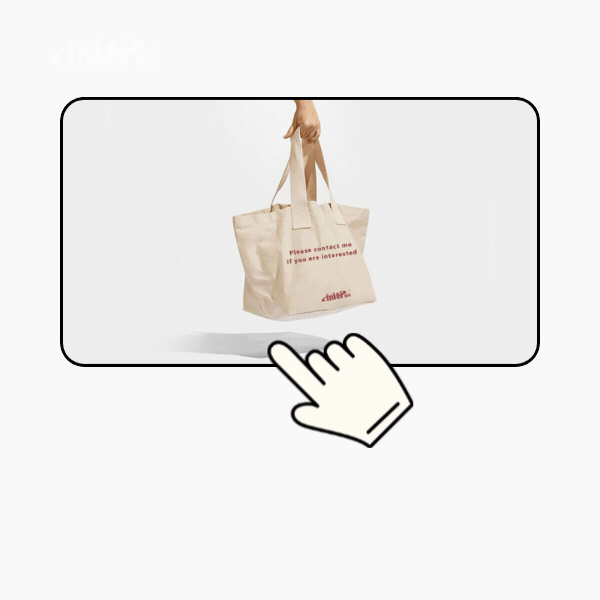
Hot Tags:Shopping Bag China, suppliers, manufacturers, factory, wholesale, in bulk, for sale,tote bag ideas,canvas bags for storage,cotton shoulder bag, rpet bag, custom garment bags,canvas drawstring bags,Insulated lunch cooler bag,makeup cosmetic bag for sale,Grocery and Shopping tote bag,Beach Accessories,Jute/hemp/burlap tote bag,Corduroy tote bag,Travel bag,Linen bag,Paper bag

